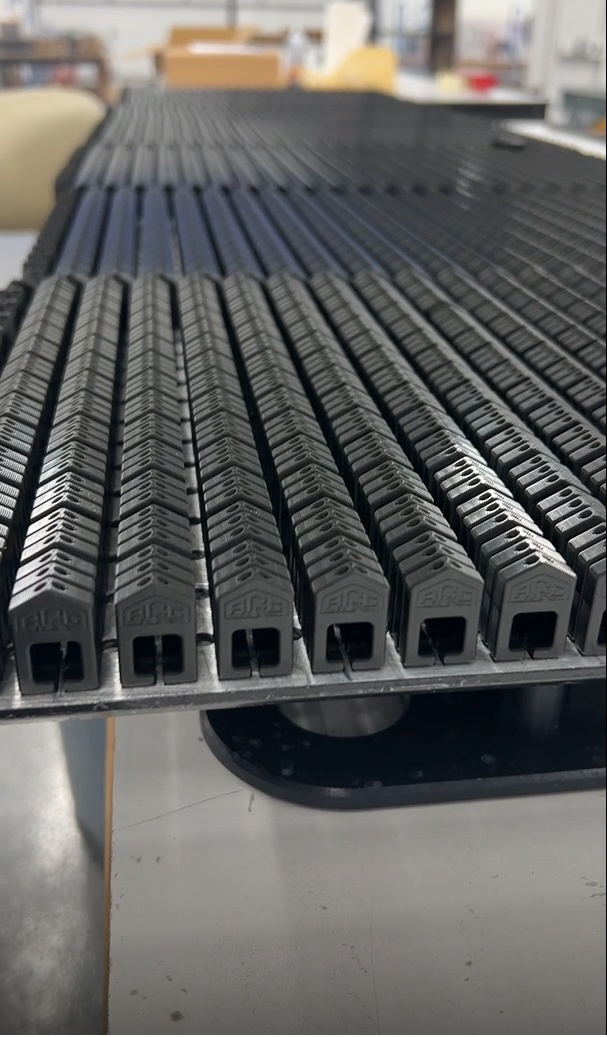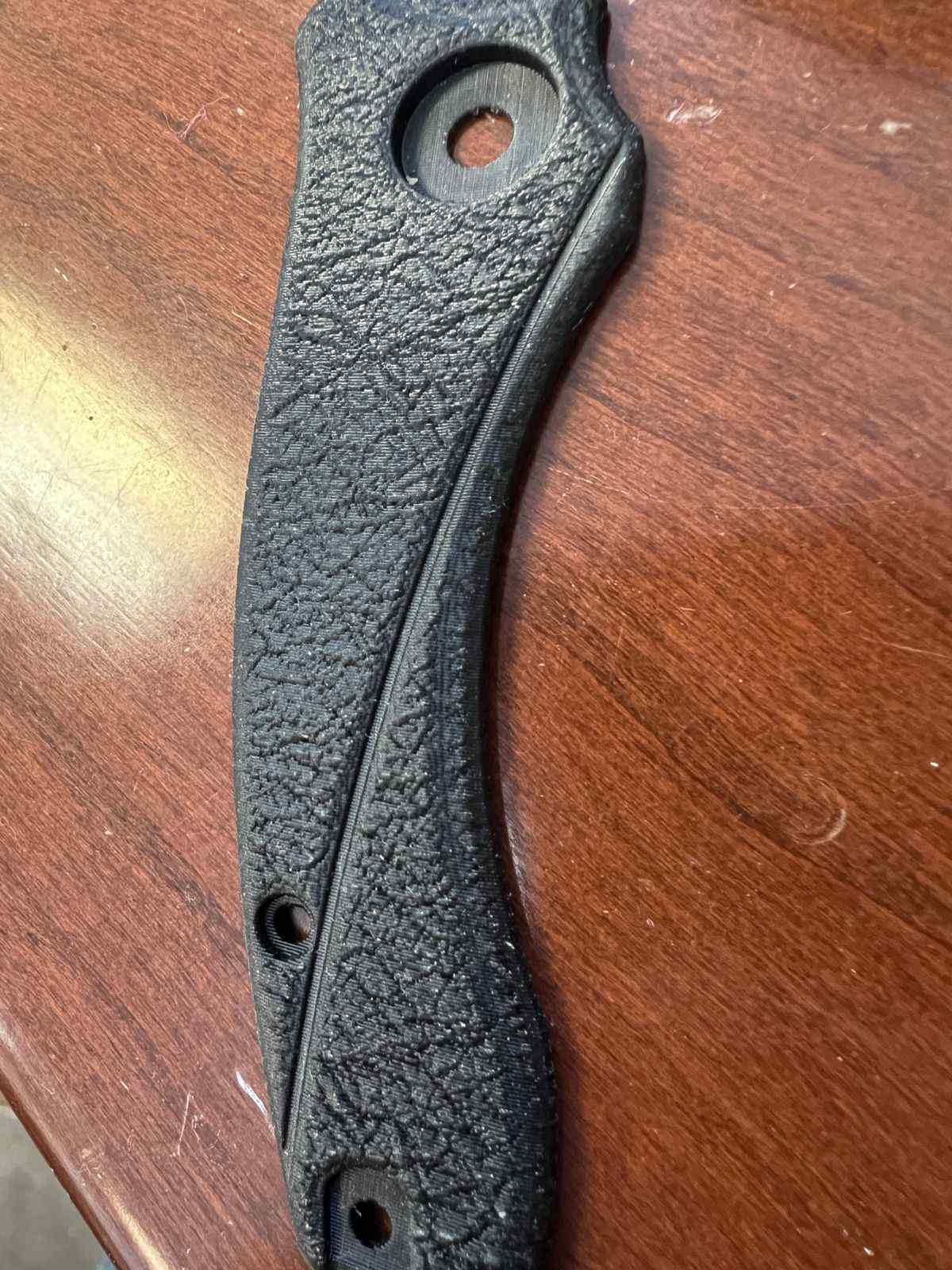1. Reduce your risk with no upfront mould costs
It’s no secret that injection moulds are expensive! The average mould cost for a medium sized part can easily reach $30 000.
When using 3D printing for production, you don’t have to make any moulds. Instead of spending $10 000 to $50 000 on product moulds. You can go straight to production with more cash in your pocket.

2. Speed to market
On average a physical product that uses injection moulding can take 12 to 18 months to go from idea to production. While the physical injection mould is being manufactured, you can find yourself twiddling your thumbs for up to 4 months waiting for first samples. Only then you get to test those, which usually require some tweaks.
You could eliminate 4 months of waiting time when using 3D printing.
According to Spencer from Merit3D. In a little as 4 weeks you can go from prototype to products ready for customers.
Read more about Resin 3D printing for mass production.

3. Update your product design on the fly
A design is never ‘truly’ finished
We could spend years refining a product design until it’s perfect. And even then, someone will find something wrong with it.
Sometimes feedback from customers requires updates to the design. Maybe something breaks, or a part is too large for certain customers. Whatever that problem is. Updating the design can be a costly adventure if you have an injection mould.
When using 3D resin printing. You have the ability to update your parts with no implications on setup costs.
This allows you to be riskier with your product and get to market sooner. Potentially testing an unfinished idea knowing that you can update your product if needed.
It requires a different mindset. But can be a powerful way to get your idea into customers hands sooner.

4. Create super cool textures for production parts
When someone loves the ‘feel’ of your product. That helps create an emotional connection between customer and product.
Designing thoughtful textures and surface finishes helps us enjoy the product experience. You want your customers to love using your product.

Resin 3D printing creates unique texture and surface designs giving your product a unique tactile experience for your customers to enjoy.

5. Create a production part that injection moulding can’t
Undercuts, draft angles, and wall thickness …. All limitations that us product designers have learnt to deal with when designing for injection moulding.
Injection moulding brings limitations to your design.

When using resin 3D printing there is freedom and infinite options for the structural design of the parts. Allowing us to create features that would be impossible with injection moulding.
- Undercuts,
- Completely enclosed tunnels,
- Parts within parts,
- Parts already assembled (yes you can print 2 parts already assembled)
- Complex organic shapes.
Traditionally trained injection moulding designers, have to stretch their minds with what is possible when using 3D printing for production.
We can now try designs that were impossible to mould
If you're wondering when not to use 3D printing, find out here
Last thoughts on using 3D printing as your production method
If you decide to try 3D printing, why not integrate the process from the start of your project? Use the production method to your advantage, otherwise what’s the point?
Why follow the traditional product development process for moulding and then switching to 3D printing at the end? You don’t get to enjoy the extra benefits of this unique production method…
Lets…
- Push the boundaries,
- Try new things,
- Test 100 early products in the market,
- Fail early (cause you can)
- Explore new shapes,
- Try customization
If you’re in America, check out Merit3D as a partner in production

Other Articles
More from the blog
Discover everything you need to know about taking your product to market.
Ready to turn your dream into reality?
Get customized product development assistance




